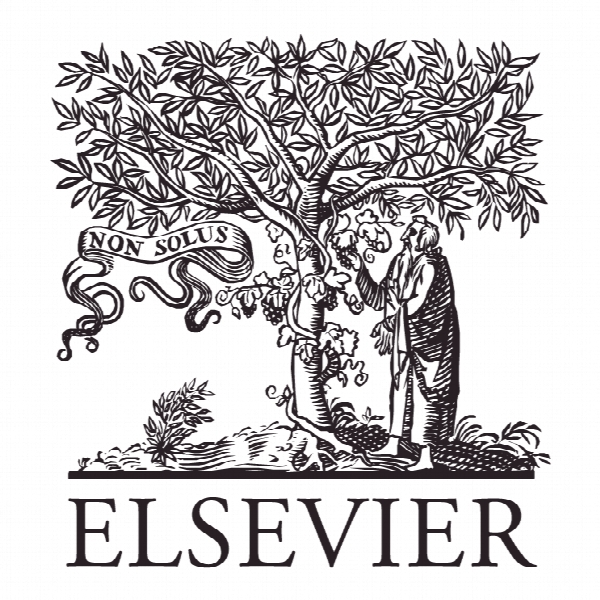استفاده از روش شناسی فرآیند تحلیل سلسله مراتبی (AHP) در پویا شناسی سامانه ها: مدل سازی برای ارزیابی فناوری سلامت در بیماری فتق Use of the AHP methodology in system dynamics: Modelling and simulation for health technology assessments to determine the correct prosthesis choice for hernia diseases
- نوع فایل : کتاب
- زبان : انگلیسی
- ناشر : Elsevier
- چاپ و سال / کشور: 2018
توضیحات
رشته های مرتبط پزشکی، مدیریت، مهندسی صنایع
گرایش های مرتبط مدیریت فناوری اطلاعات، بهینه سازی سیستم ها
مجله علوم زیستی ریاضی – Mathematical Biosciences
دانشگاه Department of Public Health – University of Naples “Federico II” – Italy
شناسه دیجیتال – doi https://doi.org/10.1016/j.mbs.2018.03.004
منتشر شده در نشریه الزویر
کلمات کلیدی انگلیسی AHP methodology, Decision-making, Health technology assessment, HTA, Simulation
گرایش های مرتبط مدیریت فناوری اطلاعات، بهینه سازی سیستم ها
مجله علوم زیستی ریاضی – Mathematical Biosciences
دانشگاه Department of Public Health – University of Naples “Federico II” – Italy
شناسه دیجیتال – doi https://doi.org/10.1016/j.mbs.2018.03.004
منتشر شده در نشریه الزویر
کلمات کلیدی انگلیسی AHP methodology, Decision-making, Health technology assessment, HTA, Simulation
Description
1. Introduction Health technology assessment (HTA) is a multi-disciplinary evaluation process that allows the analysis and assessment of health technologies by considering the direct or indirect medical-clinical, organizational, economic, social, legal and ethical implications in the short and long term using the same technologies [4,16,17,19,35]. Through this methodology, each alternative is assigned a weight based on the opinion provided by a decision-maker, and then, weight vectors are placed in a final vector that will determine the priority of each alternative. Key application areas in the literature include personal [51] social [34] and industrial criterion [21]; management; manufacturing; engineering [54,55]; education; government [33] planning, selecting a best alternative; and resource allocation [37,45,47,57,60]. Among the various applications of the HTA, this paper takes advantage of the analytic hierarchy process (AHP) technique and focuses on a specific application of this methodology to a dynamic system in clinical. However, the AHP uses a hierarchical structure in which linear dependencies between items of different decision-making levels are one way down the hierarchy and there are no dependencies between elements of the same cluster of items belonging to different clusters. For this reason, it cannot be considered suitable for the modelling of complex problems, which are characterized by dependencies, interactions and feedback and especially by the dynamic nature of the decision taken [58]. With these premises, in this paper the AHP and HTA methodologies have been implemented through a dynamic simulation model and overcome the main limitations of the single methodologies. After this introduction, Section 2 reports an overview of AHP and HTA-related works. Section 3 discusses the materials and methods of this research. In Section 4, the results of the implemented methodology are presented. Finally, Section 5 reports conclusions, implications and limitations of this paper. 2. Related work The bibliographic review of multiple criteria decision-making (MCDM) tools realized by Steuer ([50]) provides an important overview of the decision-making topic. The main research papers on this topic identified by this bibliographic review have been confirmed and updated adopting the well-known systematic literature review approach defined by Centobelli et al. [6,7]. The AHP is a multi-criteria decision analysis methodology that was developed in the 1970s by Thomas L. Saaty. AHP evaluates a set of alternatives and creates a final problem by splitting decision making into many sub-problems that are equal and can be solved by summarizing sub-problems in which results of the initial problem are evaluated [48,59]. Among MCDM techniques, the AHP still suffers from some theoretical disputes. One major criticism is that the assumption of independence among the criteria can be considered a limitation of the AHP in certain cases. In fact, one of the main aspects of the AHP is the assumption of independence between the various levels of the hierarchical structure in terms of both the criteria and sub-criteria [46]. An initial solution to this critique was offered by Saaty, introducing the analytic process network (ANP), a generalization of the AHP with feedback to adjust the weights. However, the decision-maker must answer a considerable number of questions, which can be complex and affect the linear hierarchical structure typical of the AHP. For this purpose, a simplified version of the ANP would be useful for the simplified wider adoption of the method.


